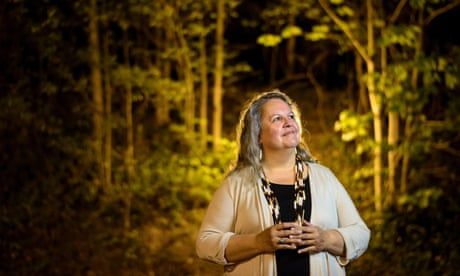
The ecosystem around a small fruit inspires an ecological alternative to capitalism
When you look at a berry, what do you see? A snack, a storehouse of energy, a transformed flower, a commodity, a gift? In her latest book, the US botanist Robin Wall Kimmerer views a tiny fruit through all of these lenses, in the process illuminating much bigger questions about how we humans relate to plants, to the natural world and to each other.
The Serviceberry builds on the blend of Indigenous and western ecological thought that has made Kimmerer – unexpectedly – one of the best known environmental writers working today. During the pandemic, her essay collection Braiding Sweetgrass, which entwined Indigenous American teachings on plants and the land with western botanical science, became a slow-burn bestseller. It began as an unsolicited 750-page manuscript submitted to the small Minneapolis-based publisher Milkweed in 2010, was published in 2013, and has now sold more than 2m copies worldwide, featuring on the reading lists of celebrities from Emma Watson to Björk, and inspiring the singer Camila Cabello to get a neck tattoo of the eponymous herb.
Continue reading...